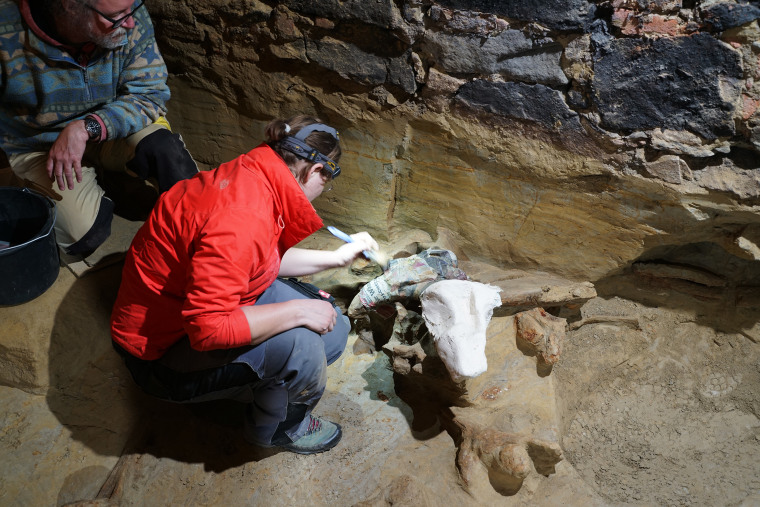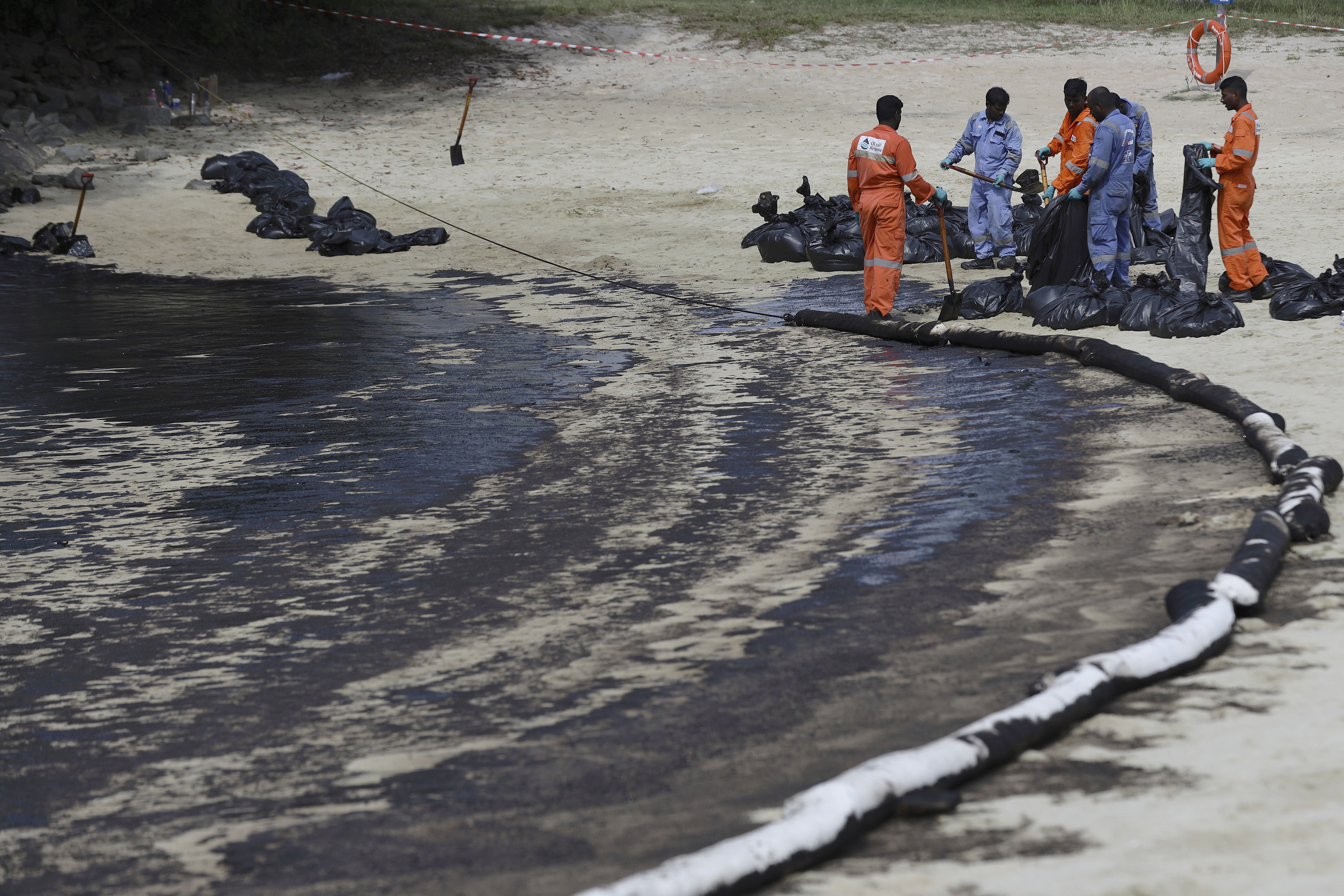
It wasn’t a vintage red or white, but vintage it was. A man renovating his wine cellar in Austria discovered mammoth remains from the prehistoric era.
According to NBC News the find has been called “sensational” by the team at the Austrian Archaeological Institute of the Austrian Academy of Sciences that has been tasked with digging up the remains found in the village of Gobelsburg, just west of the country’s capital, Vienna.
“Our older and more experienced team members there had never seen something like that before, and they have seen a lot,” Hannah Parow-Souchon, a member of the team, told NBC News Thursday.
Stone artifacts and charcoal at the site indicate the bones are between 30,000 and 40,000 years old, she added.
Get New England news, weather forecasts and entertainment stories to your inbox. Sign up for NECN newsletters.
Winemaker Andreas Pernerstorfer told the Austrian Broadcasting Corporation that he discovered them in March while renovating his cellar.
“I thought it was just a piece of wood left by my grandfather,” he said. “But then I dug it out a bit and then I remembered that in the past my grandfather said he had found teeth. And then I immediately thought it was a mammoth.”

U.S. & World
After the find was reported to the institute, Parow-Souchon said she worked with her colleagues to painstakingly uncover each bone, adding that they gradually uncovered multiple interlocking skeletal structures.
While other comparable sites have been discovered in Austria and neighboring countries, most of them were excavated at least 100 years ago and have largely been lost to modern research, the Austrian Archeological Institute said in a news release.
Back then, key details about the environment in which the remains were found in and in what condition were rarely recorded, and “some they even sold to soap factories,” Parow-Souchon said.
By using modern 3D mapping technology, she added, the team can find out more about how these mammoths died and what happened to the bones in the years since.
It might also shed further light on how people were able to hunt these huge animals, should that be the case here, Parow-Souchon said.
“We have strong indications that they hunted for them but we have no idea how,” she added. “We know that elephants have issues with slopes, so maybe they were hunted on a slope and therefore vulnerable.”
Once all the bones are excavated, they will make their way to the Vienna Museum of Natural History for restoration and further research, the institute said in a news release.
This story first appeared on NBCNews.com. More from NBC News:



